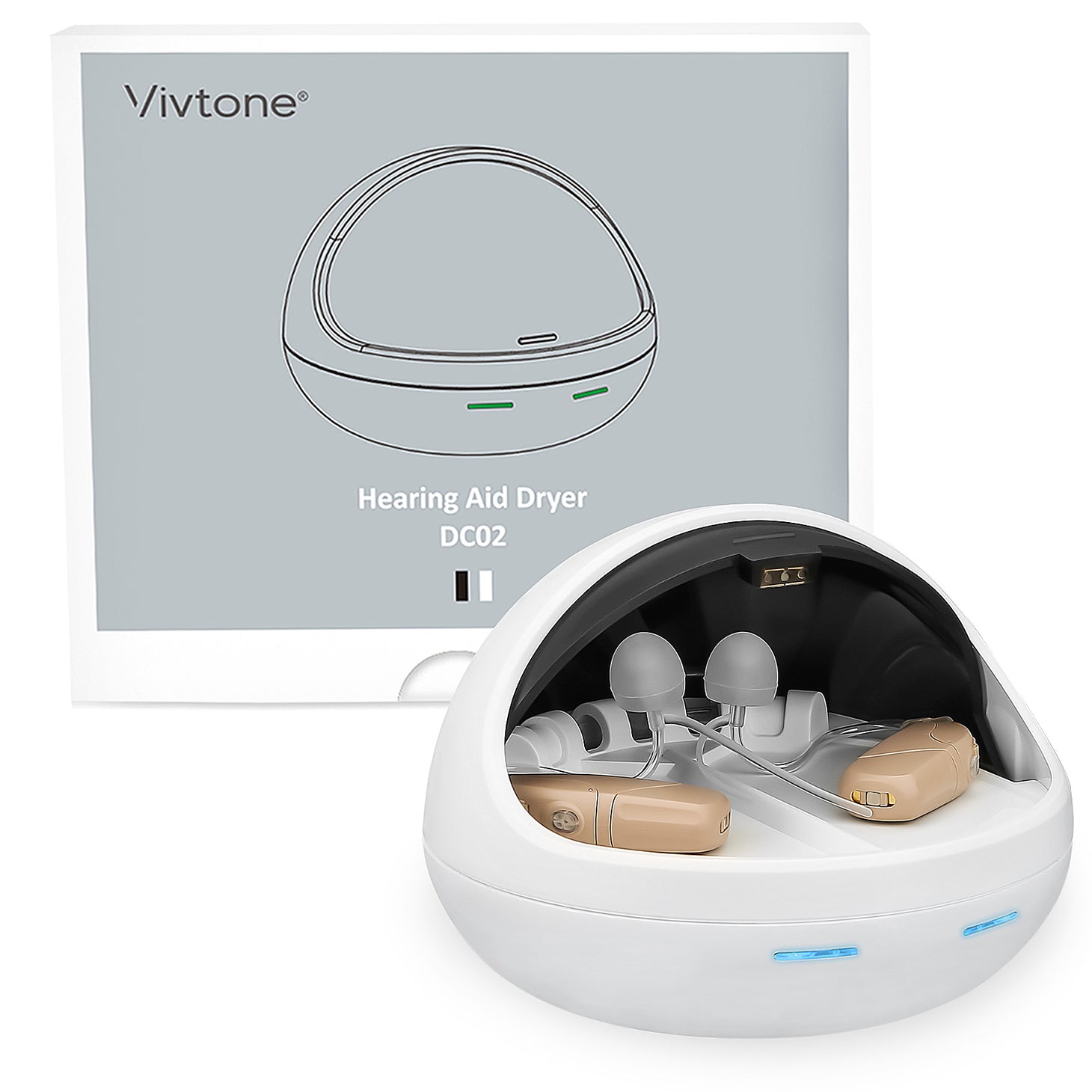Hearing aids are intricate devices designed to enhance auditory perception for individuals with hearing loss. Understanding the parts for hearing aids is crucial for users and caregivers alike. This article will delve into the essential components of hearing aids, their functions, and how they work together to improve hearing capabilities.

1. Microphone: The Sound Collector
The microphone is one of the most critical parts for hearing aids. It captures sound from the environment and converts it into electrical signals. There are typically two types of microphones used:
- Omnidirectional: Captures sound from all directions, ideal for general listening.
- Directional: Focuses on sounds coming from a specific direction, which is beneficial in noisy environments.
Have you ever wondered how hearing aids can differentiate between background noise and speech? The answer lies in the advanced technology of these microphones.
2. Amplifier: Boosting the Sound
Once the sound is captured, it is sent to the amplifier. This component increases the strength of the electrical signals. The amplifier is adjustable, allowing audiologists to customize the amplification based on the user's specific hearing loss profile. If the amplification is too high, it can lead to distortion, while too low may not provide sufficient assistance.
3. Receiver: Delivering the Sound
The receiver, also known as the speaker, converts the amplified electrical signals back into sound waves. This component is essential for delivering clear audio to the user. Different types of receivers can be found in various models of hearing aids, affecting sound quality and clarity. Understanding the role of the receiver can help users appreciate how sound is delivered.
4. Battery: The Power Source
Every hearing aid requires a power source, and that’s where the battery comes in. Most modern hearing aids use rechargeable batteries, which offer convenience and sustainability. However, some models still utilize disposable batteries. Users should consider battery life and type when selecting their hearing aids, as this can significantly impact daily use.
5. Additional Features: Enhancing User Experience
Modern hearing aids come equipped with various additional features that enhance the listening experience. These may include:
- Bluetooth Connectivity: Allows users to connect their hearing aids to smartphones and other devices.
- Noise Reduction: Helps minimize background noise for clearer conversations.
- Feedback Cancellation: Reduces whistling sounds that can occur when sound loops back into the microphone.
These features are designed to provide a more personalized and enjoyable listening experience.
In conclusion, understanding the parts for hearing aids is essential for anyone considering these devices. Each component plays a vital role in ensuring that users can hear better and engage more fully with the world around them. For those looking to explore various  , a wide range of accessories and parts are available to enhance your hearing experience.
, a wide range of accessories and parts are available to enhance your hearing experience.








